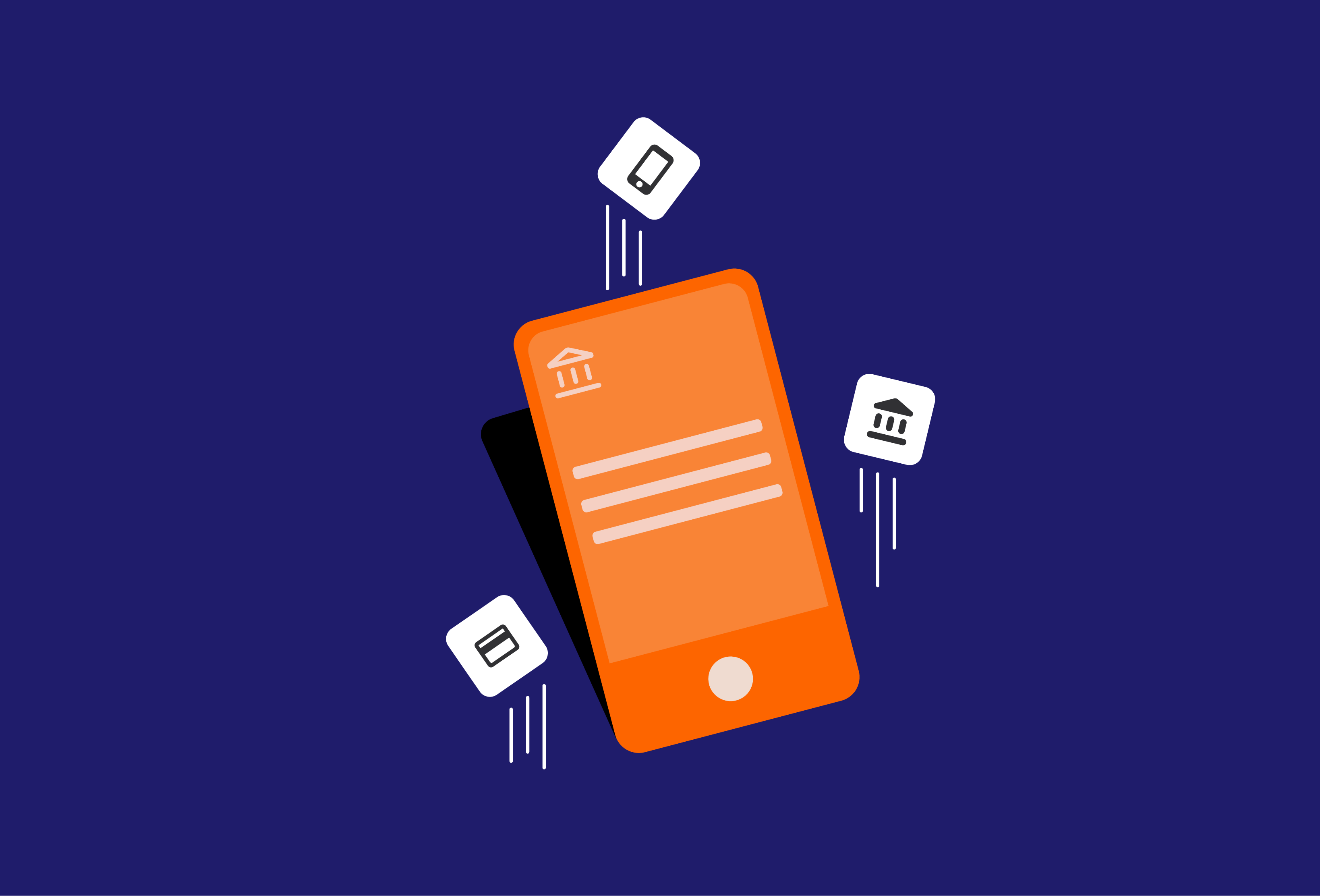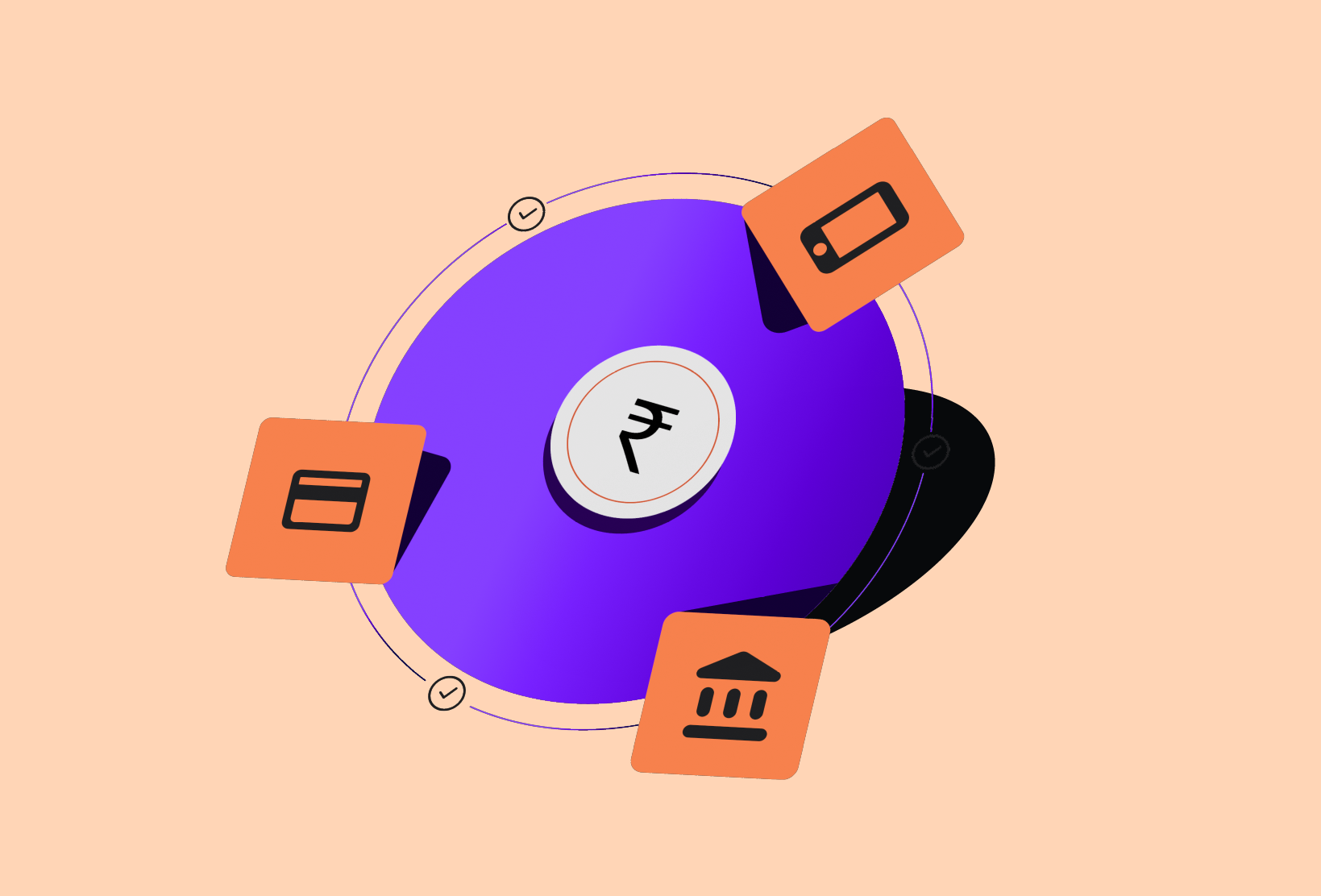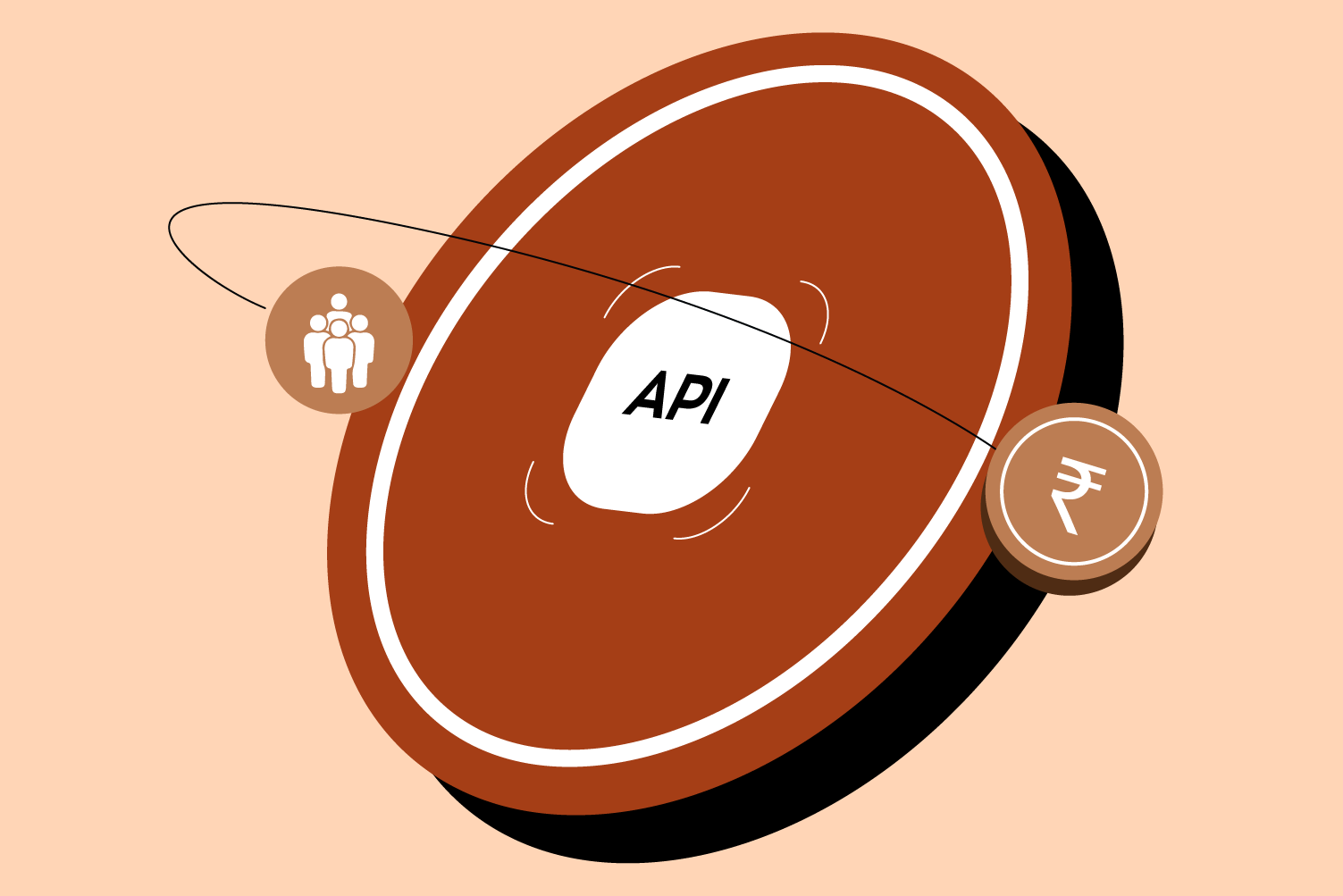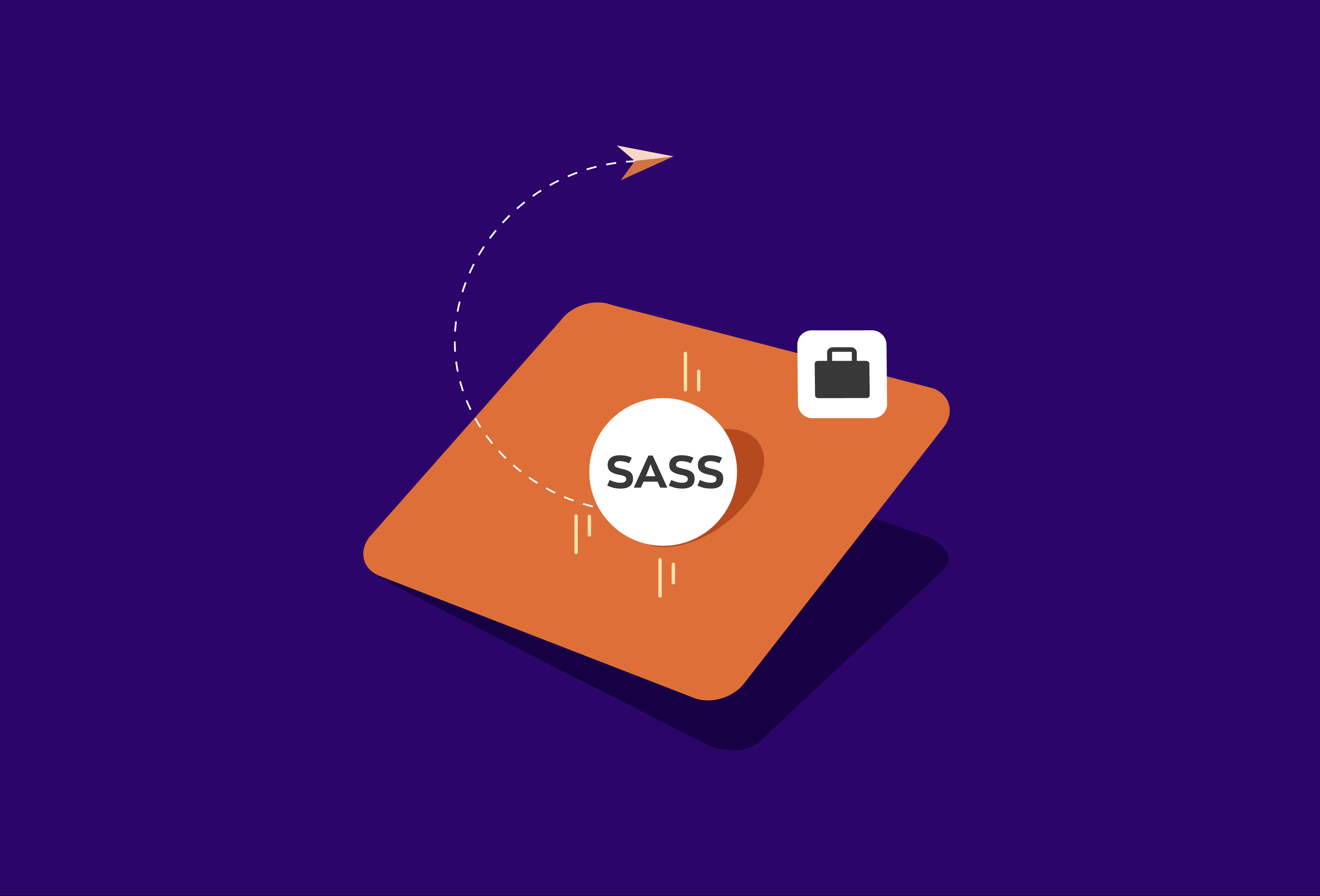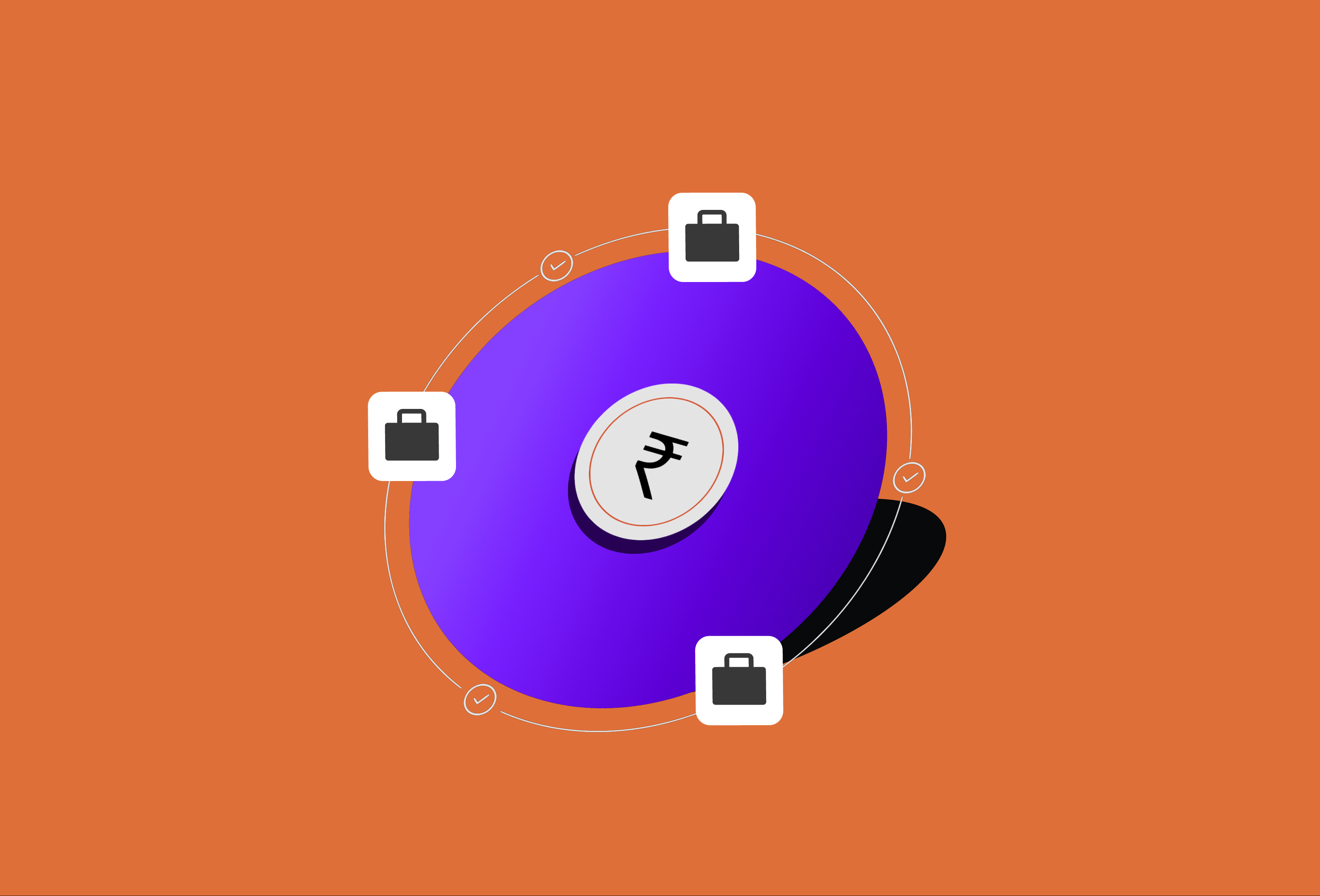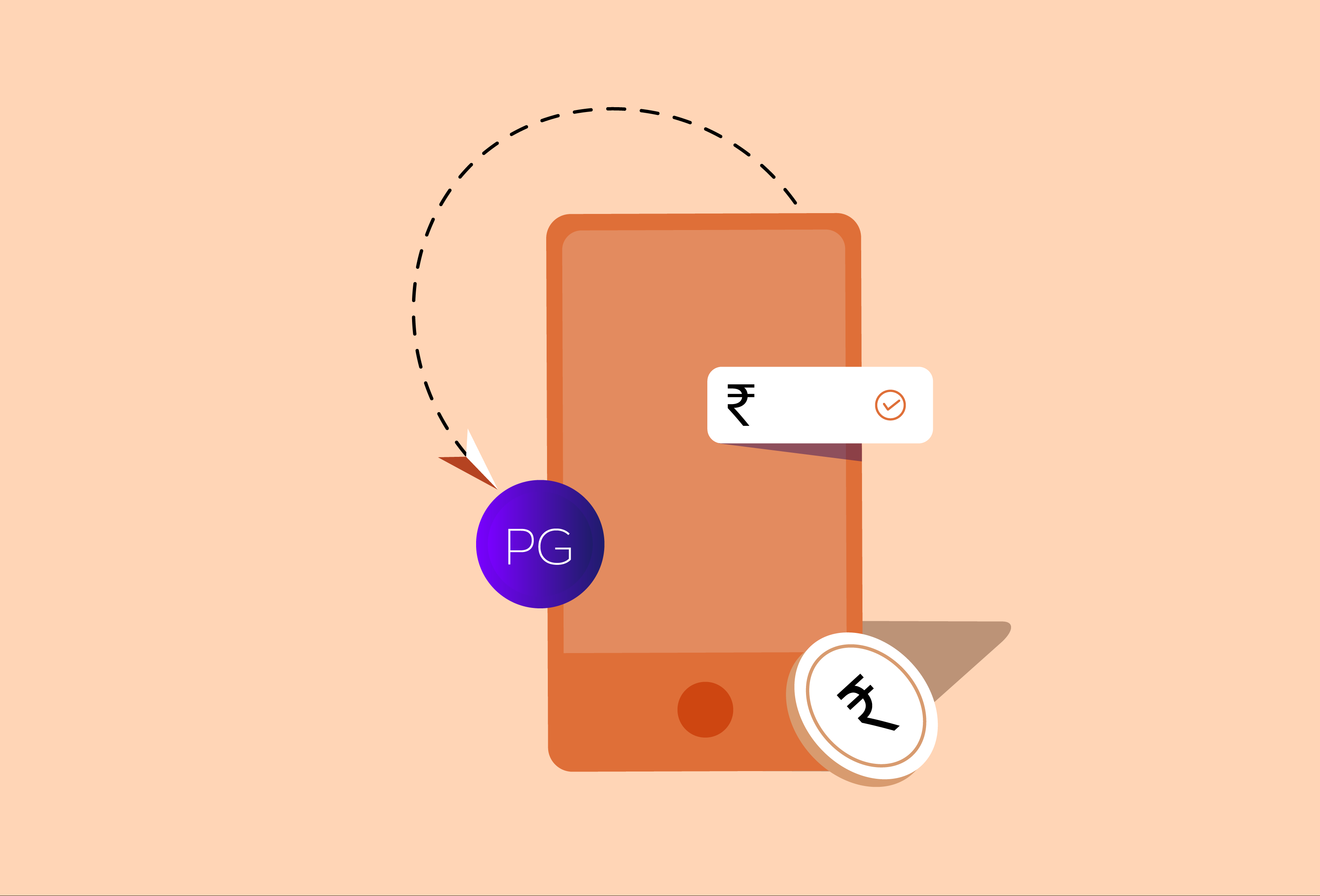The way India transacts is evolving at a lightning-fast pace. What was once a slow, paper-based system has transformed into a dynamic, mobile-first ecosystem. For a business owner, staying on top of these digital payment trends in India isn’t just about convenience—it’s a matter of survival and growth.
In 2025, the Indian digital payments market is more vibrant than ever. The focus has shifted from simply “going digital” to creating frictionless, intelligent, and secure payment experiences. This blog post will break down the key trends you need to know and how you can leverage them to streamline your operations and delight your customers.
Trend #1: UPI: Beyond P2P Payments
The Unified Payments Interface (UPI) has been a game-changer, but its story is far from over. In 2025, UPI is no longer just for sending money to friends or scanning a QR code at the local stall. It’s becoming a foundational layer for more complex business transactions.
Key UPI Trends for Businesses
- UPI AutoPay: For businesses with recurring revenue models, UPI AutoPay is a powerful tool. It allows customers to set up automatic, recurring payments for subscriptions, EMIs, and utility bills. This reduces payment failures, improves cash flow, and saves your team from the hassle of manual follow-ups.
- B2B UPI: Expect to see a greater push for UPI in the B2B space. Think instant vendor payments, distributor collections, and even supply chain financing. This trend is driven by businesses demanding the same speed and transparency in their B2B transactions that they experience in their personal lives.
- Credit on UPI: This is a major development. The ability for users to link pre-sanctioned credit lines to their UPI accounts means they can make payments even when their bank balance is low. This can boost conversions for your business, especially for high-value purchases.
Pro Tip for Business Owners: If you run a subscription service, an EdTech platform, or an online gym, integrate UPI AutoPay. This simple step can dramatically improve customer retention and revenue predictability.
Trend #2: Real-Time Payouts
Digital payments aren’t a one-way street. While collecting payments from customers is crucial, a business’s ability to make fast, reliable payouts is just as important. In 2025, real-time payouts are becoming the new standard.
Why Real-Time Payouts Matter
Gone are the days of waiting for NEFT cycles. Instant payouts via IMPS or UPI are now a necessity for businesses across various sectors.
- Gig Economy: Platforms relying on freelancers and gig workers need to process instant payments to retain talent.
- Marketplaces: Timely payouts to sellers are critical for building trust and ensuring a healthy marketplace ecosystem.
- Logistics & E-commerce: Instant refunds to customers improve brand loyalty, and quick reimbursements to delivery partners keep the supply chain moving smoothly.
Realistic Example: Imagine you’re a small e-commerce seller. A customer requests a refund. By offering a real-time payout, you can process the refund instantly, turning a potentially negative customer experience into a positive one. This builds trust and encourages repeat business.
Trend #3: Payment Automation and Embedded Finance
For a long time, payments were a standalone process. You’d get a payment, manually reconcile it, and then separately process a payout. This is changing. The future is about payment automation and embedding financial services directly into a business’s core operations.
The Power of API Banking
API (Application Programming Interface) banking is the technology that makes this seamless integration possible. It allows businesses to connect with banking services directly from their own software, automating financial workflows.
- Automated Reconciliation: Payments are automatically tagged, matched with invoices, and reconciled in your accounting software. No more tedious manual data entry!
- Vendor Payouts: Schedule and automate recurring vendor payments based on pre-set rules. The moment an invoice is approved, the payout can be triggered instantly.
- On-Demand Payouts: Give your users the power to request payouts at their convenience. For example, a driver on a ride-sharing app can instantly cash out their earnings.
Pro Tip for Business Owners: Look for financial partners that offer a robust API suite. This technology is the key to unlocking true automation, saving you countless hours and reducing human error.
Trend #4: Security and Digital Identity
As digital transactions multiply, so do the risks. In 2025, businesses and consumers are more aware of digital security than ever. The focus is shifting from simple passwords to advanced, multi-layered security protocols.
What’s Next in Payment Security?
- Tokenization: This is becoming a standard for card payments. Tokenization replaces sensitive card details with a unique “token,” making transactions safer and more compliant.
- Biometric Authentication: Fingerprint, facial recognition, and even voice-based authentication are adding an extra layer of security and convenience. This is particularly prevalent in mobile banking apps.
- Advanced Fraud Detection: AI and machine learning are being used to analyze transaction patterns in real-time, instantly flagging and preventing suspicious activity.
Actionable Insight: As a business, you need to partner with a payment provider that takes security seriously. Look for platforms that are PCI-DSS compliant and offer tokenization and robust fraud detection tools to protect both your business and your customers.
Trend #5: B2B Digital Payments
While B2C payments have seen a massive digital shift, B2B payments in India are still catching up. However, that’s about to change. With increased digital literacy and the need for efficiency, businesses are actively seeking better ways to pay their vendors, partners, and employees.
The B2B Digital Shift
- Virtual Accounts: Businesses are using virtual accounts to streamline collections. Each vendor or client can be assigned a unique virtual account number, making it easy to track incoming payments and automate reconciliation.
- Bulk Payouts: Processing hundreds or thousands of payouts for payroll, affiliate commissions, or vendor payments is no longer a manual chore. API-driven bulk payout solutions allow businesses to initiate a large volume of transactions with a single click, saving time and effort.
- Digital Lending Integration: Businesses can now embed lending services into their platforms, offering credit to their merchants or vendors based on their transaction history.
This is where a platform like Zwitch comes into play. Our suite of APIs is designed to help businesses of all sizes embrace these trends, from real-time collections and instant payouts to seamless banking and advanced security. We provide the building blocks you need to create intelligent, automated, and secure financial workflows.
Frequently Asked Questions (FAQs)
What are the major digital payment trends to watch out for in 2025?
The major trends include the continued evolution of UPI, the widespread adoption of real-time payouts, the integration of payment automation and embedded finance, and a stronger focus on advanced security measures like tokenization and biometric authentication.
How can I protect my business from online fraud?
Partnering with a secure payment provider is the first step. Look for platforms that offer fraud detection systems, implement tokenization for card payments, and are compliant with global security standards like PCI-DSS.
What is API banking, and how can it help my small business?
API banking allows your business software to communicate directly with banking services. For a small business, this means you can automate financial tasks like payment collection, invoice reconciliation, and vendor payouts, freeing up your time to focus on growth.
Is UPI AutoPay suitable for my business?
If your business has a recurring revenue model (e.g., subscriptions, memberships, or EMIs), UPI AutoPay is highly beneficial. It automates payment collections, reduces payment failures, and provides a seamless experience for your customers.
What is the difference between real-time payouts and traditional payouts?
Traditional payouts (like standard NEFT) often take time to settle, sometimes up to 24 hours. Real-time payouts, powered by systems like IMPS and UPI, process transactions instantly, providing immediate access to funds for vendors, employees, or customers.
Are these trends only for large companies?
Not at all. The beauty of modern fintech solutions is that they are built with scalability in mind. Startups and small businesses can leverage API-driven platforms to access the same powerful tools that larger corporations use, leveling the playing field.


